The Life of Queen Elizabeth II: A Reign of Resilience, Duty, and Legacy

Queen Elizabeth II, born Elizabeth Alexandra Mary Windsor on April 21, 1926, was not only the longest-reigning monarch in British history but also a symbol of stability and continuity in a rapidly changing world. Her reign, which spanned seven decades, witnessed immense social, political, and technological transformations, and her steadfast dedication to her role as monarch earned her respect and admiration worldwide. Queen Elizabeth II's life was marked by a deep sense of duty, resilience in the face of challenges, and a commitment to the values of service and unity.
Early Life and Ascension to the Throne
Elizabeth was born into the House of Windsor during the reign of her grandfather, King George V. As the first child of the Duke and Duchess of York, later King George VI and Queen Elizabeth (the Queen Mother), Elizabeth was not initially expected to ascend to the throne. However, her life took a dramatic turn when her uncle, King Edward VIII, abdicated in 1936 to marry Wallis Simpson, an American divorcée, thrusting Elizabeth's father onto the throne and making her the heir presumptive.
Growing up, Elizabeth was privately educated and enjoyed a relatively quiet childhood. However, the outbreak of World War II brought new responsibilities. At the age of 14, she made her first radio broadcast, addressing the children of Britain who had been evacuated. In 1945, she joined the Auxiliary Territorial Service, training as a driver and mechanic, becoming the first female member of the royal family to serve in the armed forces.
Elizabeth's life changed forever when her father, King George VI, passed away on February 6, 1952. At just 25 years old, she became queen. Her coronation on June 2, 1953, was a grand affair, broadcast on television to millions around the world, symbolizing the dawn of a new Elizabethan era.
The Role of Monarch in a Changing World
Queen Elizabeth II ascended the throne at a time when the British Empire was transitioning into the Commonwealth, and the world was recovering from the devastations of war. Throughout her reign, she was a stabilizing presence during periods of significant change, including the decline of British colonialism, the Cold War, and the rise of globalization.
One of Elizabeth's greatest strengths as a monarch was her ability to adapt to the evolving role of the monarchy. She navigated the challenges of modernity, balancing the traditions of the crown with the demands of a more transparent and media-driven society. Her public appearances, televised Christmas broadcasts, and state visits helped maintain the relevance of the monarchy in a rapidly changing world.
The queen's dedication to her role was evident in her commitment to her constitutional duties. She met with 15 British prime ministers during her reign, from Winston Churchill to Liz Truss, providing continuity and counsel across different political landscapes. Her weekly audiences with the prime ministers were a key aspect of her reign, highlighting her influence and the importance of the monarchy in British politics.
Family Life and Public Challenges
Queen Elizabeth II's personal life was closely intertwined with her public role. In 1947, she married Prince Philip, Duke of Edinburgh, with whom she had four children: Charles, Anne, Andrew, and Edward. Their marriage, which lasted 73 years until Philip's death in 2021, was a partnership built on mutual respect and shared duty.
The queen faced numerous challenges in her family life, many of which played out in the public eye. The marriages of three of her children—Charles, Anne, and Andrew—ended in divorce, and the public scrutiny of these events tested the monarchy’s resilience. The most notable challenge came with the death of Diana, Princess of Wales, in 1997. The queen faced criticism for her initial public silence, but her eventual address to the nation reflected her ability to respond to public sentiment and reaffirm the monarchy’s relevance.
The Queen’s Legacy
Queen Elizabeth II’s reign was defined by her sense of duty, which she upheld with grace and dignity throughout her life. She undertook numerous official engagements each year, supporting charities, attending state functions, and representing Britain on the global stage. Her dedication earned her the respect of people worldwide, making her a beloved figure in many countries beyond the United Kingdom.
The queen was also known for her ability to connect with people from all walks of life. Her warmth, humor, and genuine interest in the lives of others endeared her to many, and her efforts to modernize the monarchy, including the use of television and social media, helped bridge the gap between the institution and the public.
In 2022, Queen Elizabeth II celebrated her Platinum Jubilee, marking 70 years on the throne—a milestone unmatched by any British monarch. The celebrations were a testament to her enduring popularity and the deep affection in which she was held by the British public and people around the world.
Queen Elizabeth II passed away on September 8, 2022, at the age of 96, leaving behind a legacy of dedication, resilience, and service. Her death marked the end of an era, but her influence on the monarchy and her impact on the world will continue to be felt for generations.
Conclusion
Queen Elizabeth II’s life was one of remarkable service and steadfast dedication to her country and the Commonwealth. Her reign, marked by immense social and political change, was characterized by her unwavering commitment to duty and her ability to adapt to the demands of a modern world. As the longest-reigning monarch in British history, she left an indelible mark on the monarchy and the nation she served so faithfully. Her legacy as a symbol of continuity, resilience, and unity will endure, reminding us of the profound impact she had on Britain and the world.










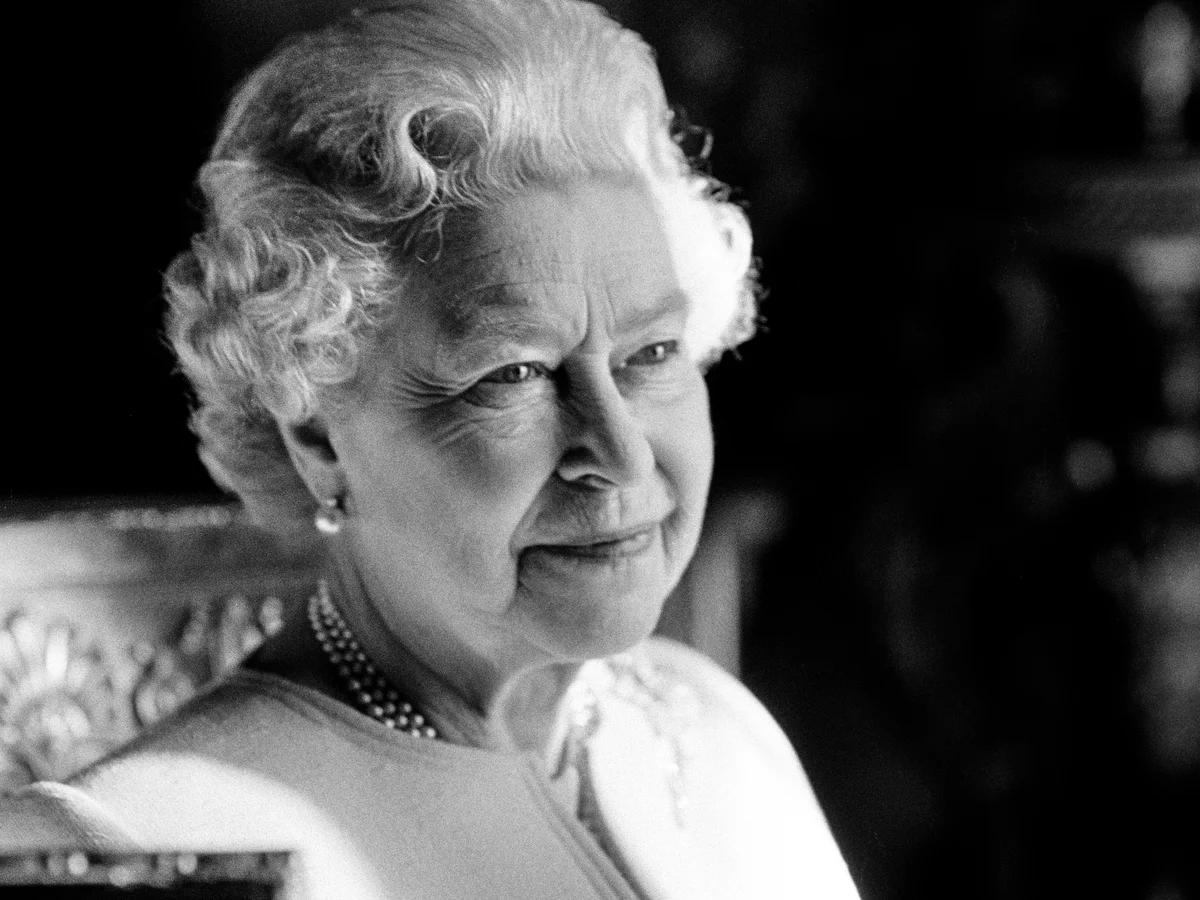
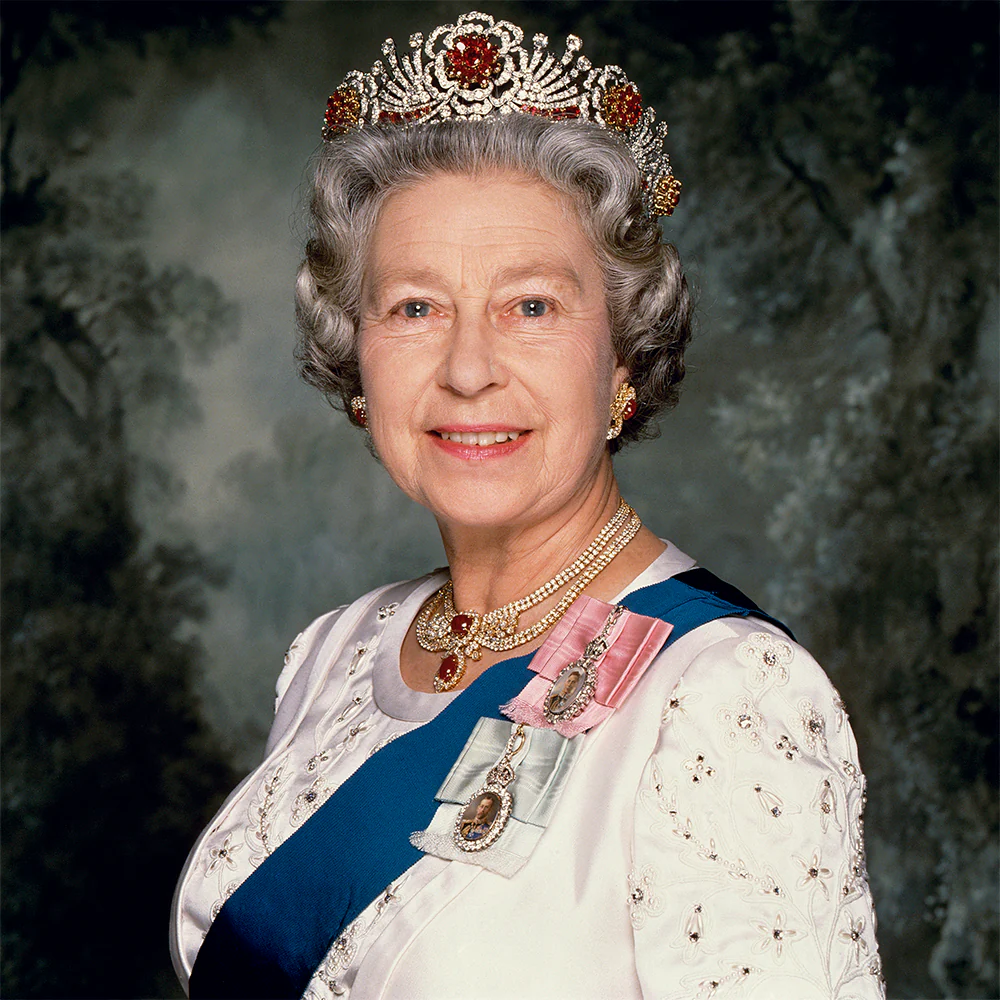




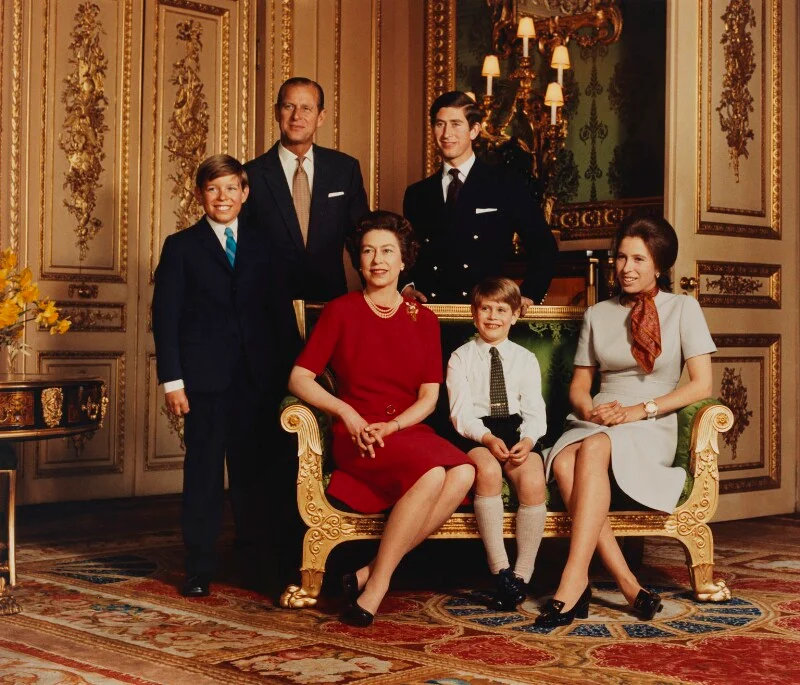
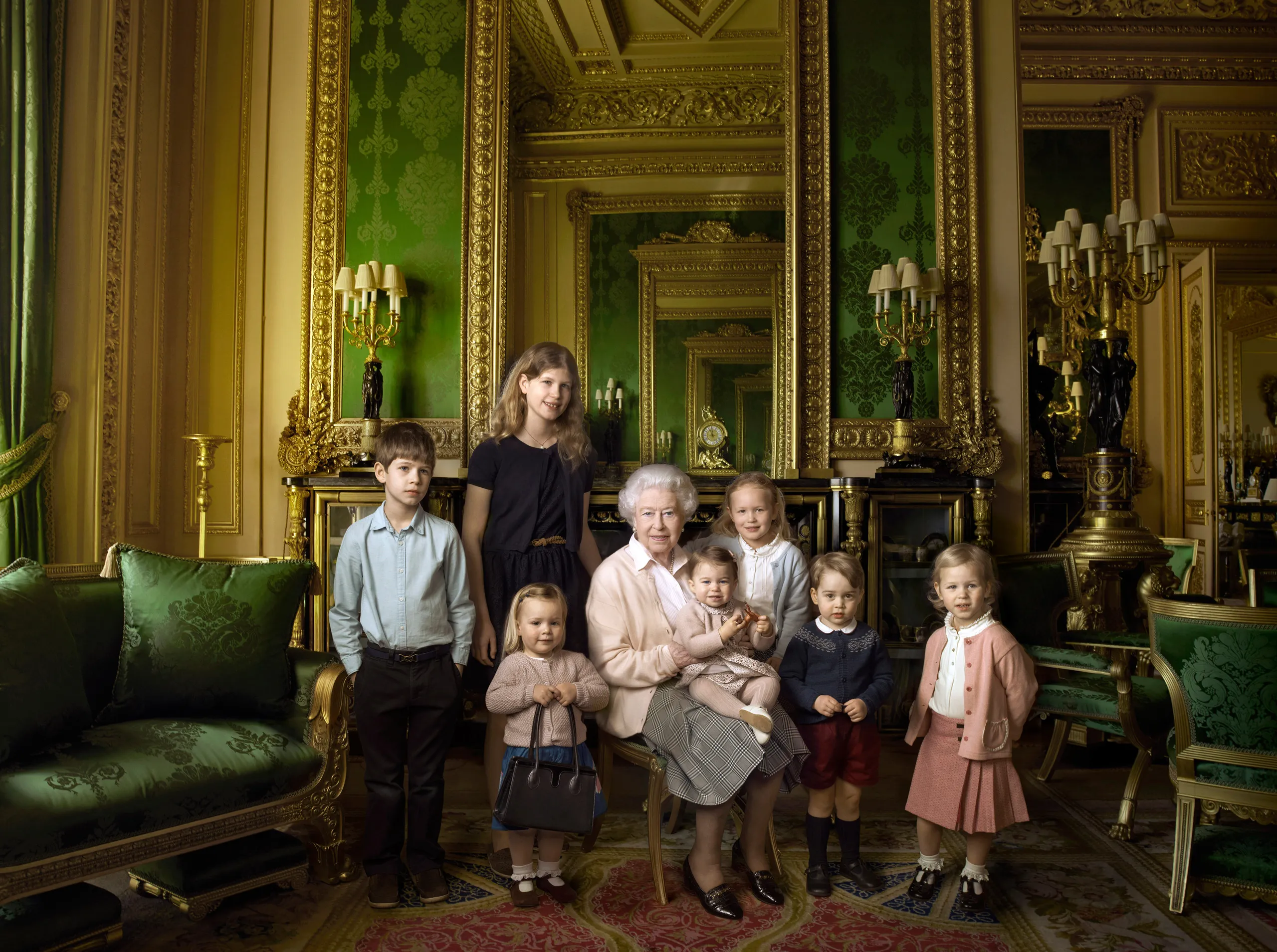
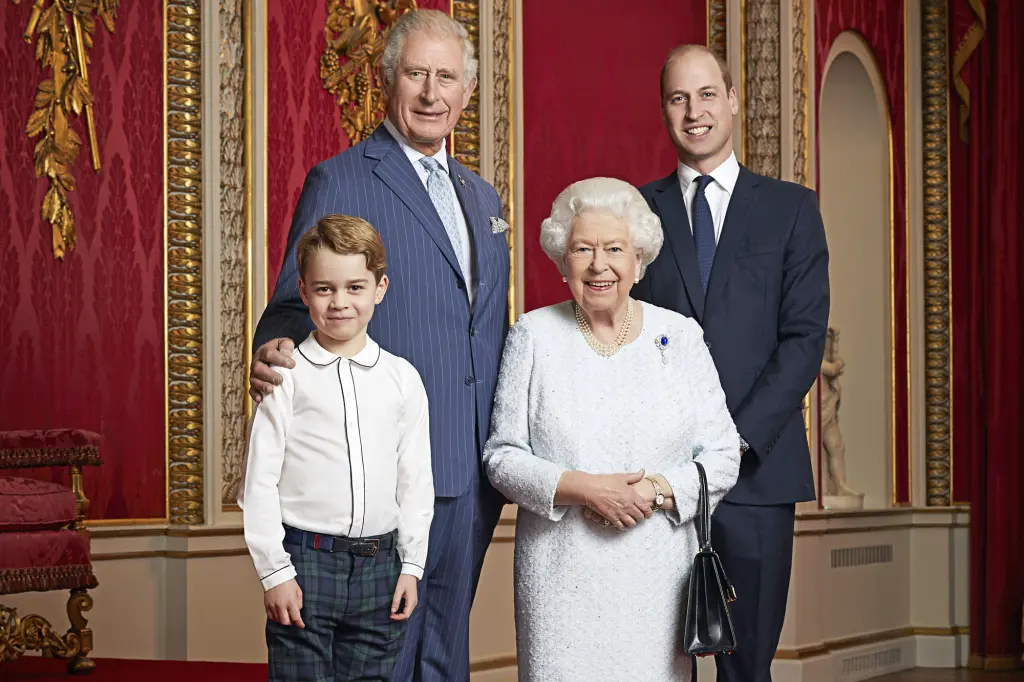

































ความคิดเห็น